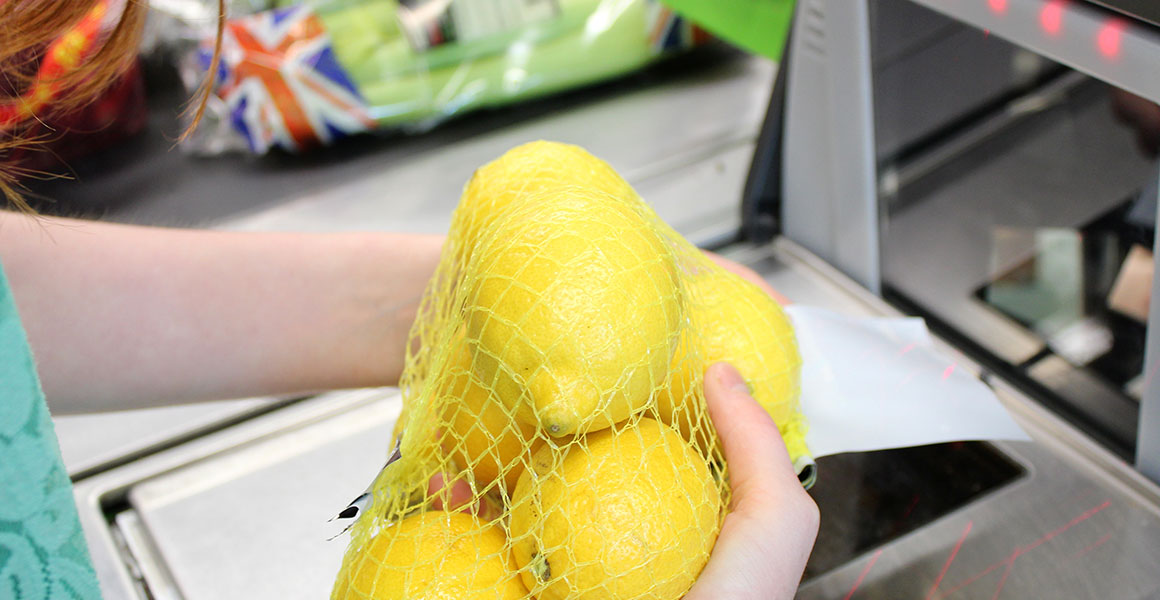Ask me a year ago and I would have told you that self-checkout tills in convenience stores were a barrier to creating engagement with shoppers.
A year on and self-trained I now see these robot tellers as a mostly handy option for making a swift purchase without queuing.
Technology is changing my top-up and food-for-now shopping habits and as Tim Steiner of Ocado remarked: “Grocery retailing is changing” because everyone’s shoping habits are changing.
He, of course, has a huge technology package to sell to big supermarket retailers so they can compete with Amazon. But every retail owner needs to think about what technology to adopt to make their offer better and to improve margins.
As John Gapper observed in his analysis of the Whole Foods deal for the FT: “Making things easier by cutting prices or delivering goods simply is Jeff Bezos’s masterplan.”
History repeats itself. Amazon’s rise is similar to that of A&P that went from one store to 16,000 in the US between 1913 and 1930 before regulators intervened.
Paul Ellickson, a professor at Rochester University, says before A&P Americans shopped at small town stores that were often run in a “haphazard way” and purchased their stock from a “Byzantine collection of jobbers and middlemen that was rife with corruption”.
A&P’s economy stores backed by its own supply chain and own-brand products swept all before it.
Today, regulation and supply chain effectiveness are two constraints that all retailers need to overcome this year.
Look at the small print to Morrisons’ good results last week – staff wages up 25% in two years.
Living wage regulations mean more cost is in the pipeline. After “trimming the fat” and reworking rotas, Manchester independent retailer Paul Stone told the FT new ideas had to be found. He has invested in self-service checkouts but Stone has eight shops in busy city centre locations and many smaller retailers will need more affordable solutions.
Will Broome, chief executive of the Ubamarket app, believes that tools like his will help local shops make shopping easier for customers without having to invest huge sums in self-checkout or upgrading EPoS equipment. Local owners need to spend their year seeking out apps like this and watching shoppers buying lattes and sandwiches at foodservice outlets to get an idea of where to invest.
Linking to an ecosystem where a third party owns shopper data is a tricky proposition. It also means that many of the more ambitious independent operators are waiting for someone else to make the first move.
Think about it this way: Just Eat is a great way for a takeaway food provider to link to customers. But to take part you have to make a large part of your business transparent to third parties and you train
your customers to be Just Eat customers.
In the year ahead, the symbol and franchise operators who want quality independents in their supply chain need to champion the application of cheap and effective technology in the convenience market. There is a confusing array of solutions being marketed and no clarity on who will win.
But independent retailers need an answer if they are to remain competitive.





Comments
This article doesn't have any comments yet, be the first!